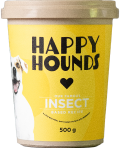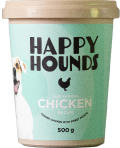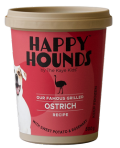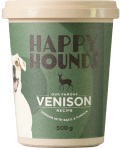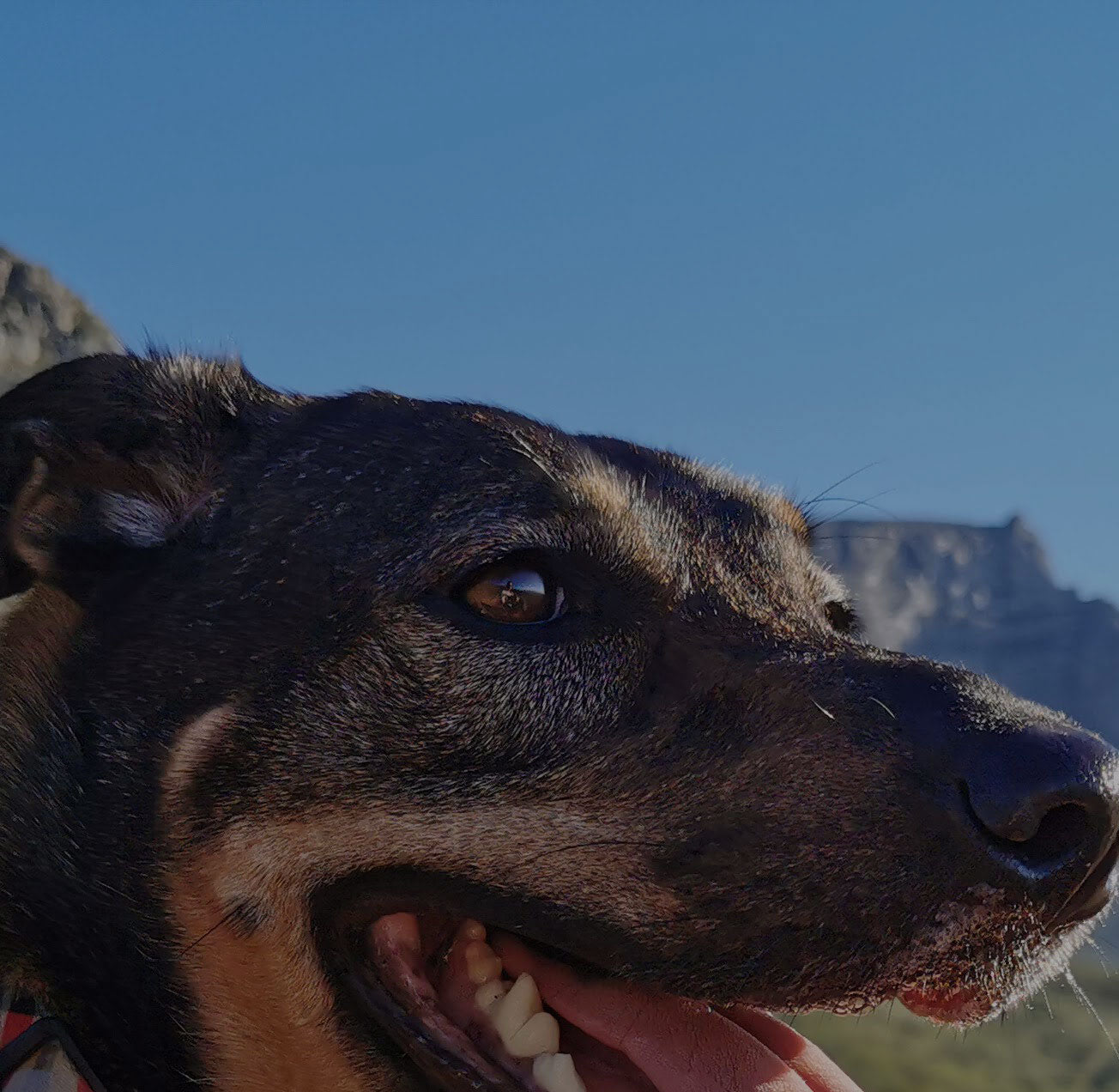Shop
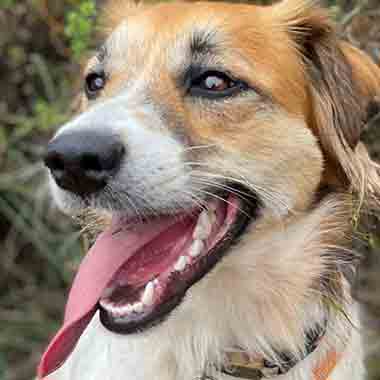
Coevolution - Lessons For Making The Best Choices To Keep Your Best Friend Happy & Healthy
June 27, 2023 3 min read
This is an exciting day for us as we launch the Happy Hounds blog.
This is a space for us to learn and to share together. Because when we know better, we can do better.
What better place to open this space, than at the beginning. Today we want to travel back in time to understand how our relationship with our hounds, our best friends, has co-evolved. In our modern lives, we now have the responsibility to make the best choices for our hounds, choices that will keep them happy and healthy for longer.

We now decide what they eat, when they eat, how they exercise and how they breed. All these choices have critical implications on their health and longevity.
Our selective breeding practices and daily choices for our dogs have impacted our dogs’ DNA and gene expressions, through epigenetics and nutrigenomics. Don’t worry if these terms are new to you, we have also had to learn what they mean:
Our selective breeding practices and daily choices for our dogs have impacted our dogs’ DNA and gene expressions, through epigenetics and nutrigenomics. Don’t worry if these terms are new to you, we have also had to learn what they mean:



All together, this means that the environment we create for our dogs and the food we feed them has the ability to activate diseases and allergies [2]. So our first question we asked ourselves was, “What diet choices are we making to keep our hounds happy and healthy for longer?”.
We have learned that dogs evolved from their carnivorous wolfy cousins to be more omnivorous. Historically, dogs opportunistically stole from our farms and stores, snacked from our fresh-food kitchens and were fed from our table leftovers. While wolves prefer a protein forward diet, with a 54:45:1% protein:fat:carbohydrate energy profile, dogs have adapted to a more diverse, starch-richer diet with a 30:63:7% profile [3].
For decades we have been told that the healthiest dog food possible is a big bag of biscuits. A bag of biscuits made from some protein, lots of carbohydrates and some mystery agents that make it possible to keep the biscuits in our cupboards for months. This means that our dogs are eating a very monotonous and highly-processed diet. This is far removed from what they ate historically.
It is hard to ignore the correlation between the increase in highly-processed dog diets and the increase in allergies and disease in our pets. Which begged the question, is there something in the food we have chosen for our dogs that is activating these ailments in our hounds?
As we have learned more about gene expressions and nutrigenomics, we understand that dogs, like humans, thrive with unprocessed foods and a diverse diet.
Choosing foods that are closely aligned with their ancestral diet but that leverage modern science, foods that exclude toxins and that promote a heterogenous gut microbiome could avoid gene expressions for allergies, and potentially, for dread diseases in our hounds.
The relationship we have with our dogs has a power imbalance. And with great power comes great responsibility. We have the responsibility to make the best choices we can for our best friends
References




